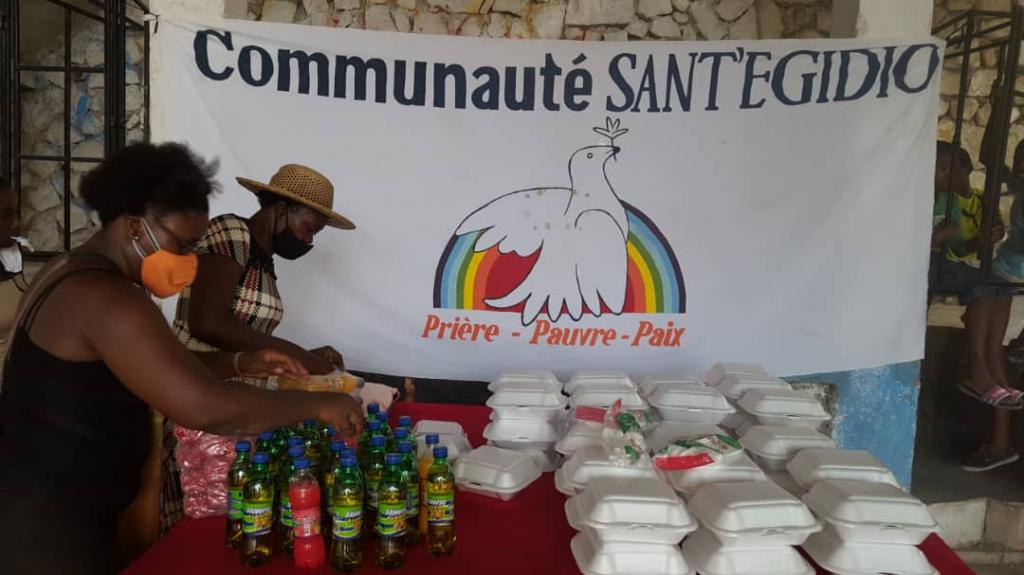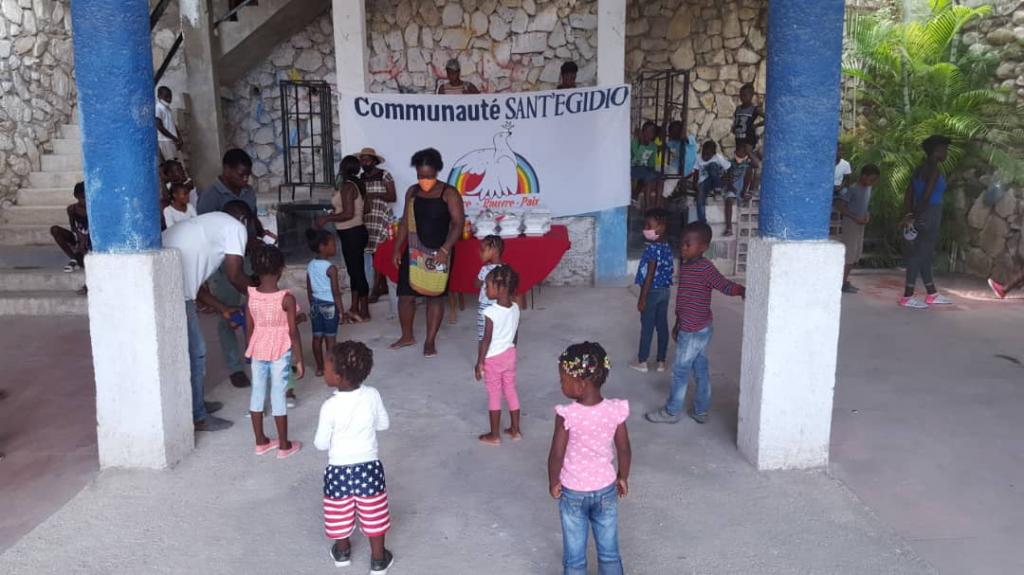Concern is rising in Haiti for the spread of Covid-19 while most Latin American and Caribbean countries are now facing the acute phase of the virus. The government estimates 4,785 infections and 88 deaths (updated on 22 June), but figures can’t fully highlight the tragedy of the pandemic in the peninsula, where there are no means to cure and prevent infections. The spread of the coronavirus, which started on 19th March, has intensified since mid-May. Fight against the virus is particularly difficult for the poor health system: medicines are lacking; beds are not sufficient in the five centers available throughout the country (10 million inhabitants).
Discrimination against coronavirus patients in Haiti
To call the emergency number is not the first thing that comes to mind when symptoms occur. It is not just related to little faith in the chance of being cured, rather fear of being stigmatized. Those suspected of having Covid-19 are likely to be victims of lynching and vandalism - treatment devices are often destroyed. Sick people, cut off from the rest of the world by fear of contagion, remain and die at home. When they die, families are forced to come up other reasons to justify death.
Repatriations in coronavirus times
Despite the closures of borders, schools, churches and meeting places, contagions are increasing. Nevertheless, the United States - a country with a high number of infections - is carrying out repeated repatriations of Haitians during this period. A severe blow to the economic support of families in Haiti, where three quarters of the population lives on less than $2 a day.
Sant'Egidio in Haiti: the shelter of the School of Peace and a network helping the poorest
The Community of Sant'Egidio has long been close to the families living in the shanty towns, mainly in the area of Canapé-vert in the capital Port-au-Prince. A long history binds the young people of the Community to the families who live gathered on one of the sixteen hills of the capital. After the earthquake of January 2010, the Community began to gather the surviving children in a School of Peace set up under a tent. Since then, many children have grown up learning to live together and build a better world. Some of them, who have become young today, help the children who attend the School of Peace.
The Community continues to help families by distributing food aid every week hundred - a way to alleviate the burden of poverty. Although the activities have had to readjust due to health restrictions, the relationship with families never stoped: young people learn about the condition of children, collect requests for help and network with associations and volunteers to provide answers and aid to those in need.















